The Future of Custom Eco-Friendly Packaging
As the global focus on sustainability intensifies, the packaging industry is undergoing a dramatic transformation. Businesses and consumers alike are demanding greener, more responsible packaging solutions. Among the frontrunners of this shift is customized eco-friendly packaging a solution that not only reduces environmental impact but also elevates brand identity.
But where is this trend heading? What innovations and shifts can we expect? Let’s explore the future of custom eco-friendly packaging and how it’s set to reshape the way brands operate and connect with their audience.
Sustainability Will Become the Standard, Not a Selling Point
In the past, using eco-friendly packaging gave brands a competitive edge. In the near future, sustainability will be the baseline expectation. Governments are introducing stricter regulations, and consumers are holding brands accountable for their environmental impact.
This means companies won’t just adopt green packaging for marketing purposes—they’ll do it to stay relevant and compliant.
Key Insight: Brands that lead in sustainability today will be best positioned for tomorrow’s competitive marketplace.
Rise of Circular Packaging Models
The concept of a circular economy—where products and materials are reused, refurbished, or recycled—will drive packaging design. Instead of single-use packaging, companies will focus on creating reusable, refillable, or compostable packaging solutions.
Expect to see more:
- Return-and-reuse packaging programs
- Refill pouches and containers
- Fully biodegradable materials
This shift reduces waste and encourages long-term brand loyalty.
Smart & Connected Eco Packaging
The future of custom packaging is not only green—it’s intelligent. Smart packaging integrates technology like QR codes, NFC tags, and blockchain to:
- Educate consumers about recycling or reuse
- Track product authenticity and origin
- Share a brand’s sustainability story
By combining eco-friendliness with interactivity, brands can boost transparency and deepen engagement.
Example: A QR code on your Kraft box links to a video showing how the materials were sourced and how to recycle the box.
Advanced Eco Materials & Innovations
R&D in sustainable materials is moving rapidly. Soon, brands will have access to next-generation eco materials that are:
- Stronger
- Lighter
- More versatile
- 100% compostable or recyclable
Emerging materials include:
- Mushroom-based packaging
- Seaweed-based films
- Cornstarch or PLA bioplastics
- Recycled fabric-based wrapping
These innovations will make custom eco-friendly boxes more appealing, even for luxury and high-end brands.
Personalization + Sustainability
In the future, customers will expect both personalization and eco-consciousness in packaging. Brands that offer custom eco-friendly packaging with:
- Personalized names
- Unique messages
- Limited-edition designs
…will build stronger emotional connections without compromising sustainability.
Digital printing and minimal-waste production processes will allow this at scale.
Transparent Supply Chains
More consumers are asking: “Where did this packaging come from?” and “Was it ethically made?”
Brands will respond with traceable supply chains and packaging transparency:
- QR codes linking to material sourcing details
- Certifications like FSC®, Green Seal®, and Cradle to Cradle™
- Visible eco-badges and sustainability commitments printed on boxes
Takeaway: The box becomes a storytelling medium, sharing the journey from tree to consumer.
Minimalist & Multi-Functional Design
In a world fighting waste, less is more. The future favors minimal packaging designs that:
- Use fewer materials
- Require less ink and energy
- Are easy to recycle or repurpose
We’ll also see multi-functional packaging—for example, boxes that double as storage containers or display pieces.
Eco-Friendly Packaging Will Drive Purchasing Decisions
As younger, eco-conscious generations dominate the market, sustainable packaging will become a deciding factor in consumer behavior.
- 81% of Gen Z prefer brands that prioritize sustainability (source: First Insight)
- 70% of online shoppers say sustainable packaging influences their decision
Brands that don’t adapt will lose customers to those that do.
Final Thoughts
The future of customized eco-friendly custom packaging is bold, innovative, and consumer-driven. It goes beyond just being “green”—it’s about being smarter, more transparent, and more emotionally engaging. As eco-friendly practices become the norm, brands that embrace sustainability early—and creatively—will lead the way.
